Next-Level Homemade Oden (Japanese Pot-au-feu)
What’s your comfort flavor? For me, it’s the gentle, savory depth of dashi broth.
Even as I explore flavors from around the world, I often return to this warm and nourishing classic—oden, Japan’s answer to pot-au-feu.
This version is a slightly more refined take on homemade oden, made with thoughtful preparation to highlight the clarity and umami of the broth. Each ingredient is treated with care so that it absorbs flavor without clouding the soup.
Ingredients & Recipe
📝 Dashi Base (1–2 liters)
- Kombu (kelp) and dashi pack
- Light soy sauce, mirin, sake, a touch of sugar
- If using concentrated dashi, adjust seasoning accordingly
📝 Ingredient Prep Tips
- Daikon: Peel thickly, trim edges (mentori), and parboil before simmering
- Konnyaku: Score the surface (kakushi bocho) and parboil to reduce odor
- Potatoes: Parboil to reduce starch and keep texture light
- Fish cakes, sausage, chicken: Briefly boil to remove excess oil before adding to the pot
Everything is so simple, prepared to enjoy the marriage of clear dashi flavor & essential goodness of each ingredients
Bringing oden together is about building flavor slowly and patiently
Simmer, rest, reheat—each step deepens the taste and transforms humble ingredients into something heartwarming.
In my April 22nd post on Instagram, I shared the process of preparing, for each ingredients in around 15 sec video.
Please swipe through if you are interested (otherwise, text below):
My Past articles on Oden
– Art of Oden (Japanese Pot-au-feu/Yong Tau Foo) / シンガポールの食材でおでん
https://yuuucoh.com/art-of-oden-japanese-pot-au-feu-yong-tau-foo/
– “Definite Pairing with Oden- Wine & Niku-miso /おでんとのペアリング&肉みそ”
https://yuuucoh.com/pairing-with-oden-wine-niku-miso/
Details and process in photo
シンガポールのローカル食材で作る、少し丁寧なおでん
おでんは、お出汁が命!ということで、願わくば築地にかつお節をゲットしに行きたいところですが、、、良い出汁パックを多めに使いました😇
お出汁の香りが家中に広がって幸せな気分です。本当に、お出汁の香りって落ち着きます。。こんな香りで目覚めたい。。。!
基本的なことですが、こうしたシンプルなお料理こそ、お野菜や食材の下準備で違いが出るものです。
下茹で、面取り、隠し包丁、煮込む順番、火の大きさ、味をしみこませるために下ろして休ませることなど。。。
特別に丁寧に時間をかける必要はないと思うのですが、食材毎のポイントを少し抑えるだけで、ぐんと美味しくなるのを実感します(もちろん、忙しいときは、十分ひと手間ではありますが…)。
ちなみに、前回おでんを作った際には、具がスープに沈んだ状態で、写真映りが微妙でしょんぼりしたのを思い出し、今回は具材の立体感を意識&蒸しプレートをセットしてみました💡✨
そして、少々自分語りで恥ずかしいのですが、失礼致します。
元々SNSとは無縁で、インスタは、近茶流で懐石講師過程を修了したタイミングでシンガポールに数年移ることになった際、友人達に後押してもらい、日本料理と繋がり発信するために始めたのがきっかけでした。
今も、原点は変わっていません。
和食の丁寧な技は、どの地にいても、どんな料理にも基礎として役立っています。日本人の繊細な美意識やカルチャーを海外にも発信し、その結果日本の魅力を伝えたり、日本人の方にもご興味をお持ちいただければ、と思っています。
This post has a Video: Watch on Instagram✨(インスタに動画掲載しています)
A short Instagram video is available below, showing the overall flow and highlights of the recipe.
インスタの動画で、全体の流れやポイントをざっくりご紹介しています。
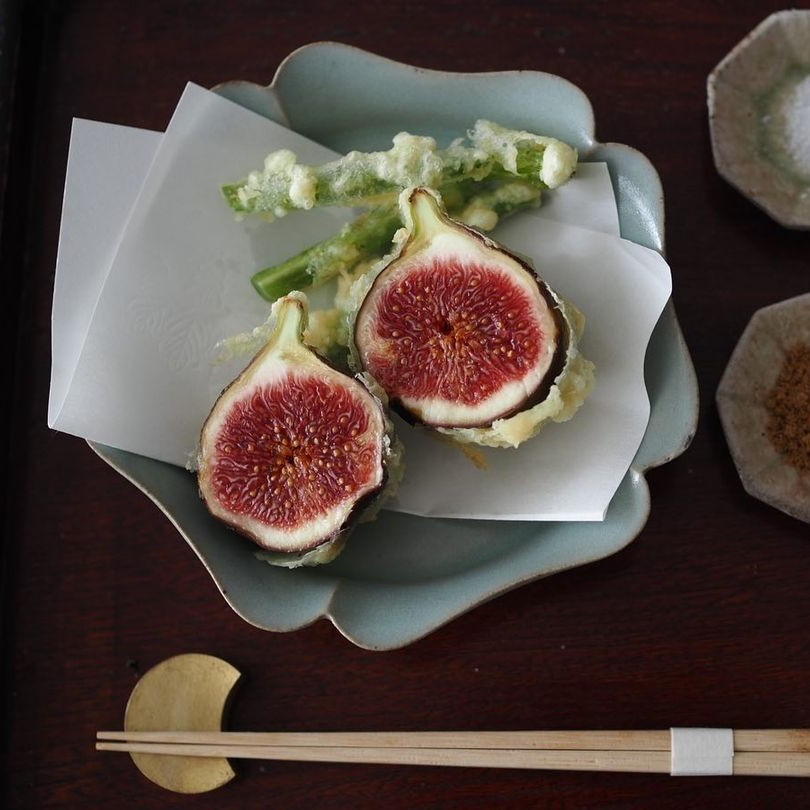
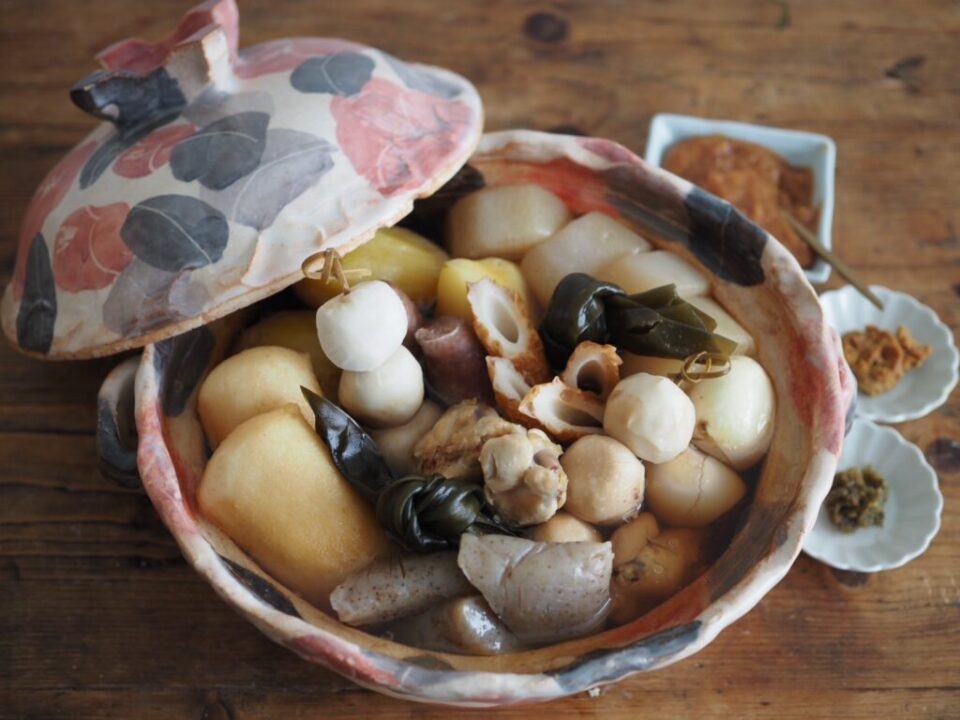
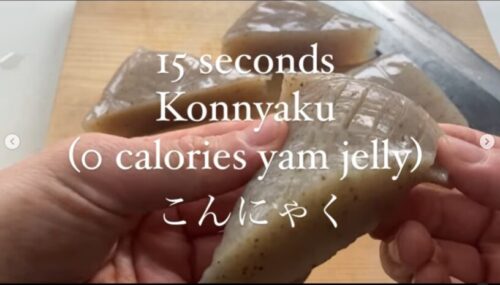
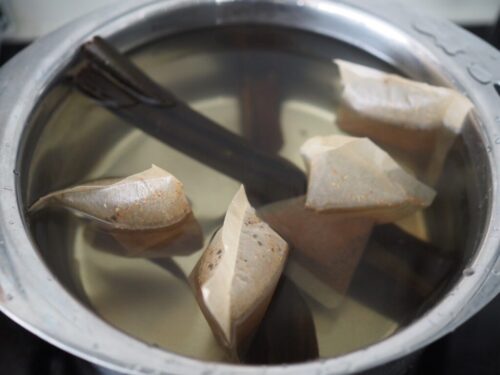
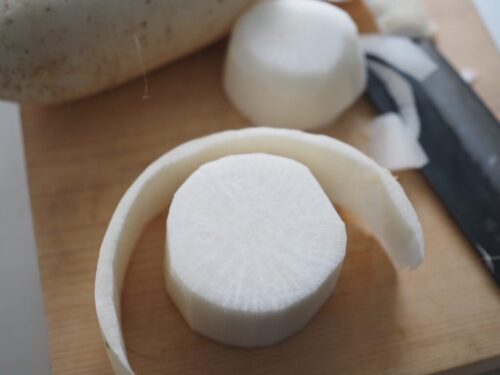
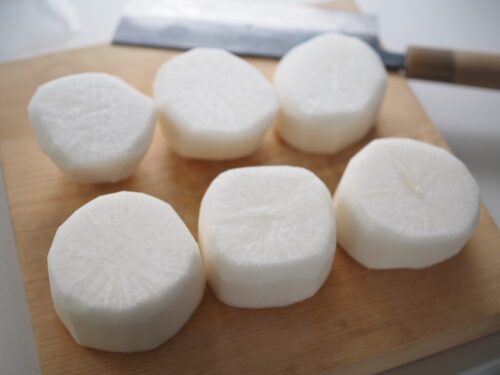
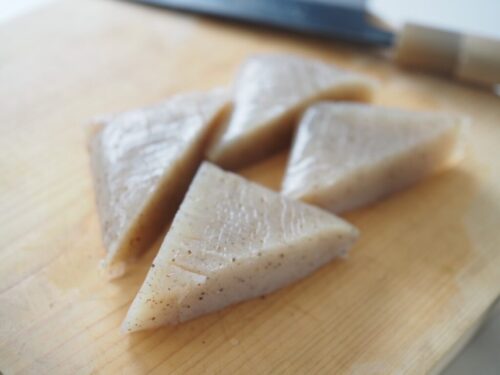
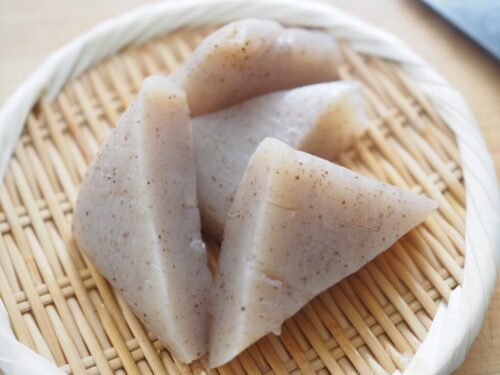
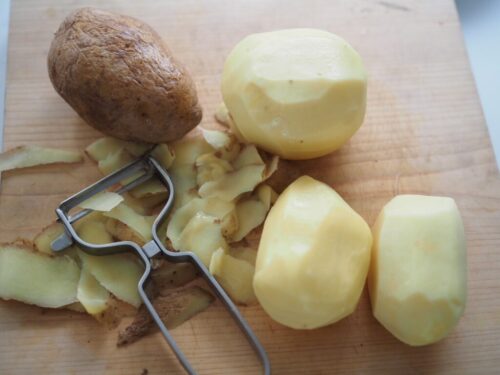
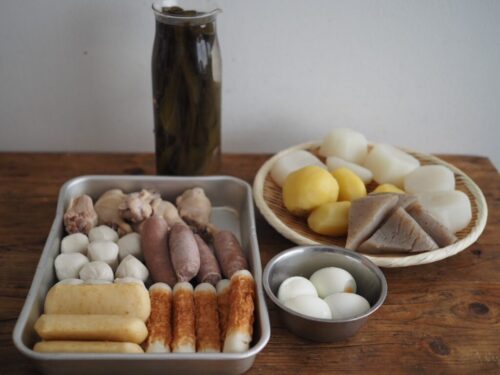
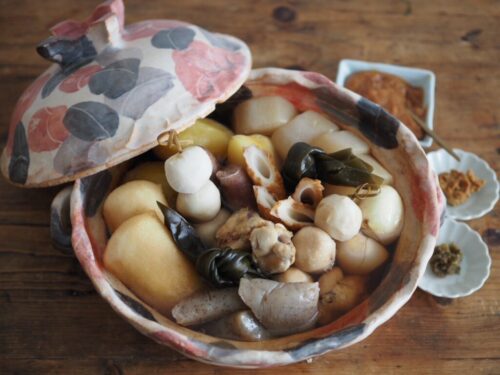
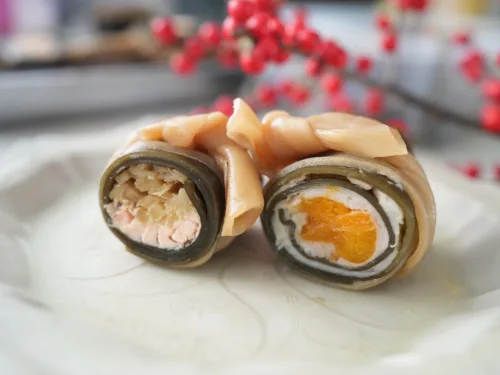

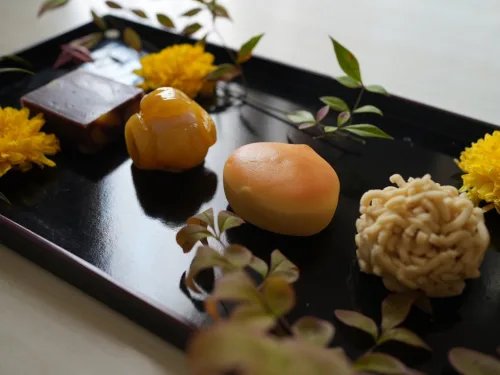
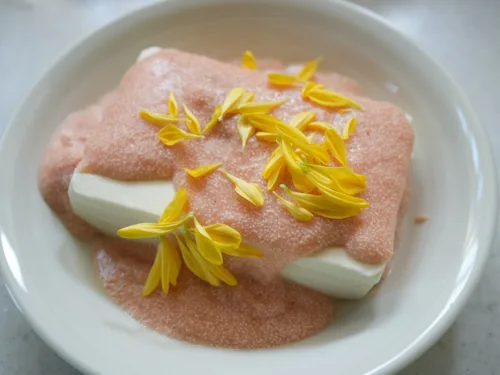


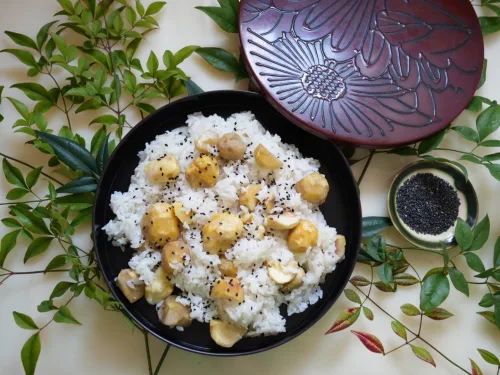
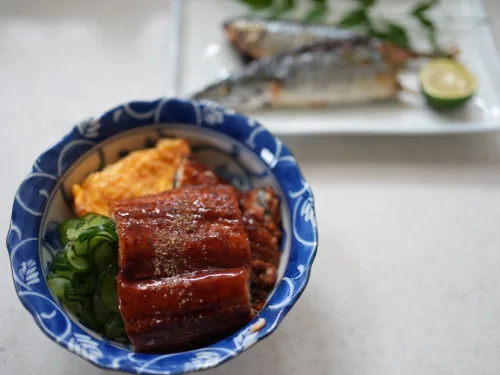
Comments